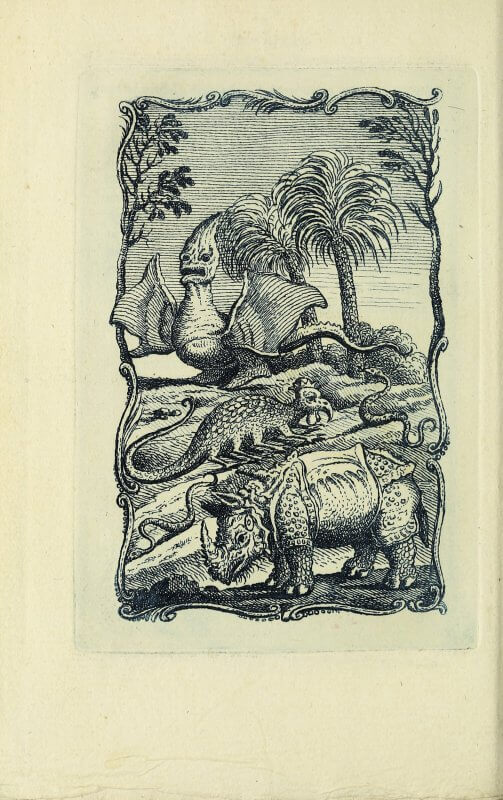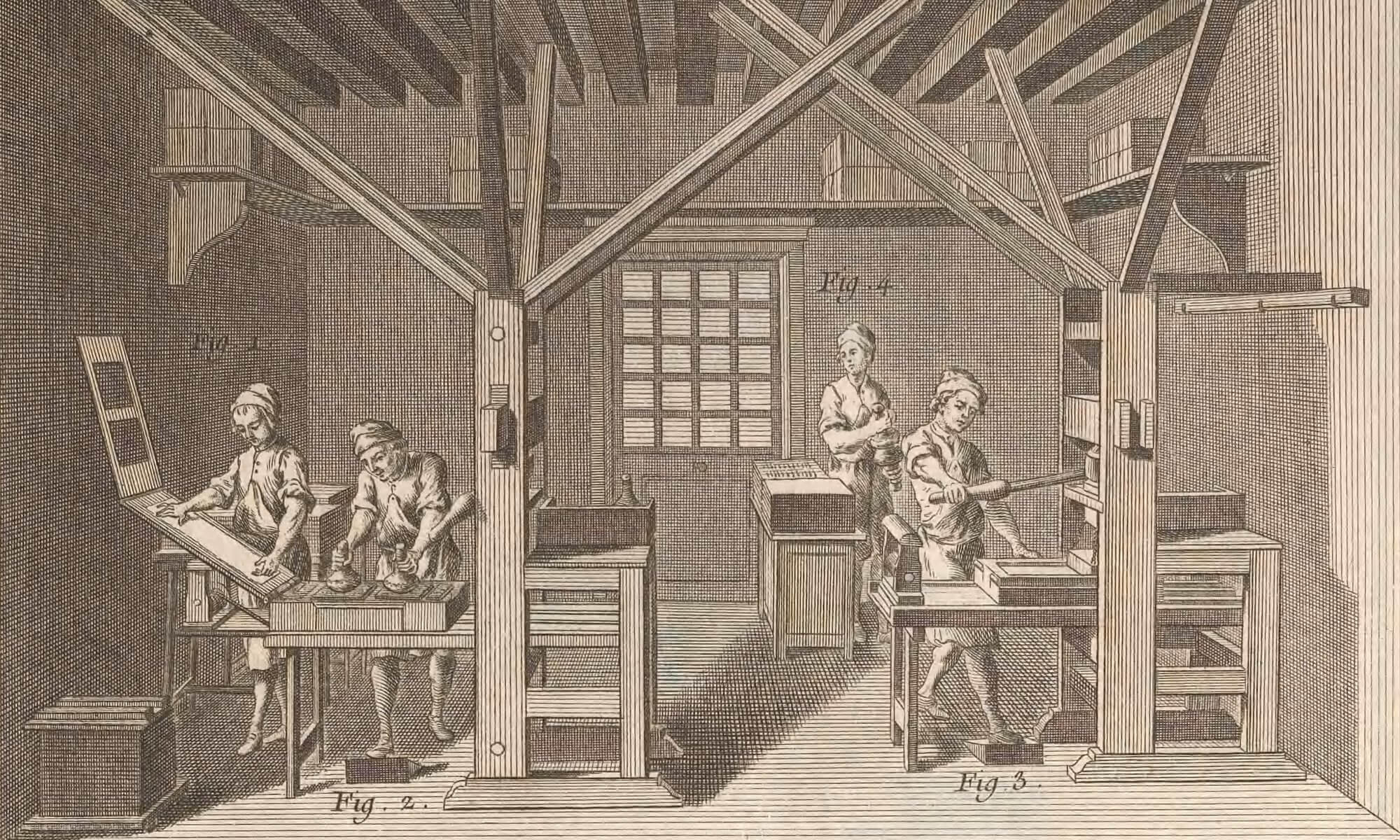Moxon, Mechanick exercises, 1683 (pl. 1)
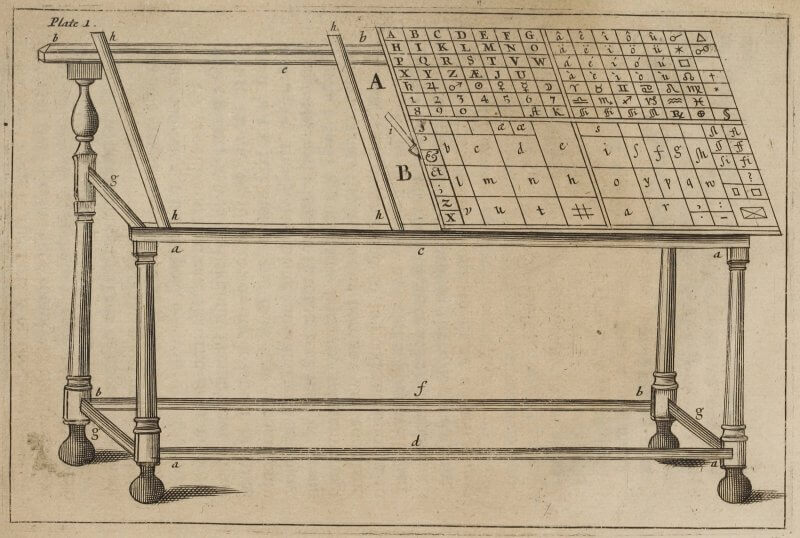
Moxon, Mechanick exercises, 1683 (pl. 24)
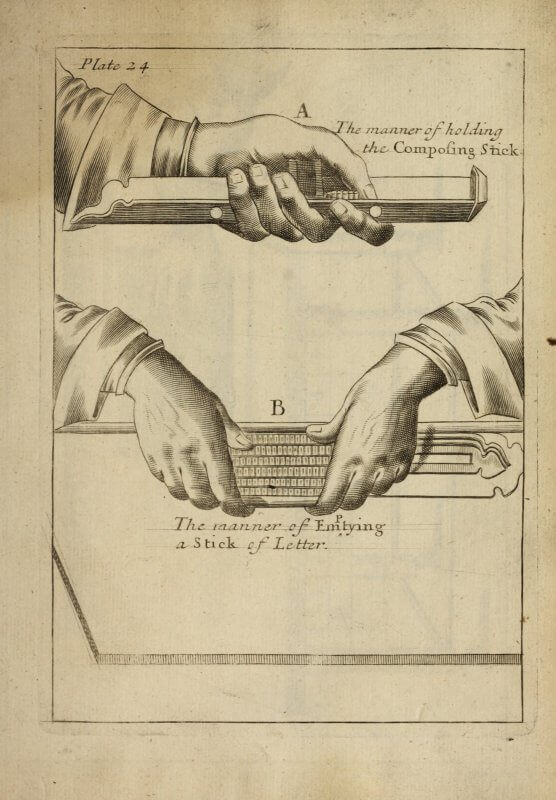
Ogilby, Aesop, 1668 (pl. 18)
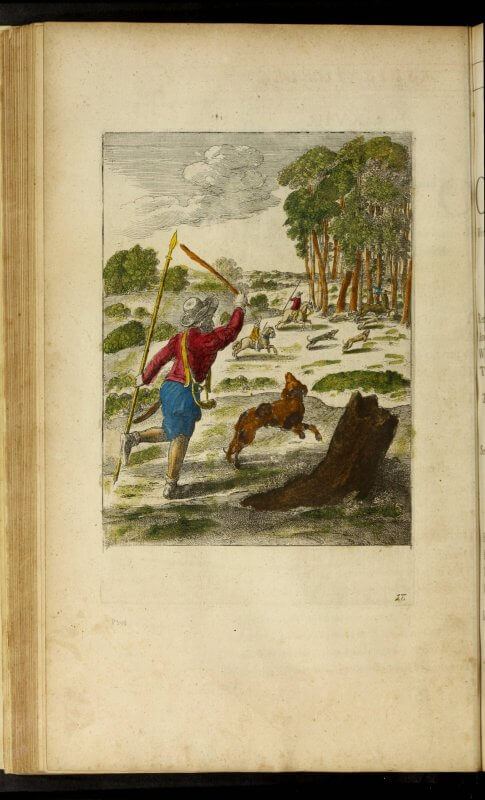
Ogilby, Aesop, 1668 (plate 18 verso)
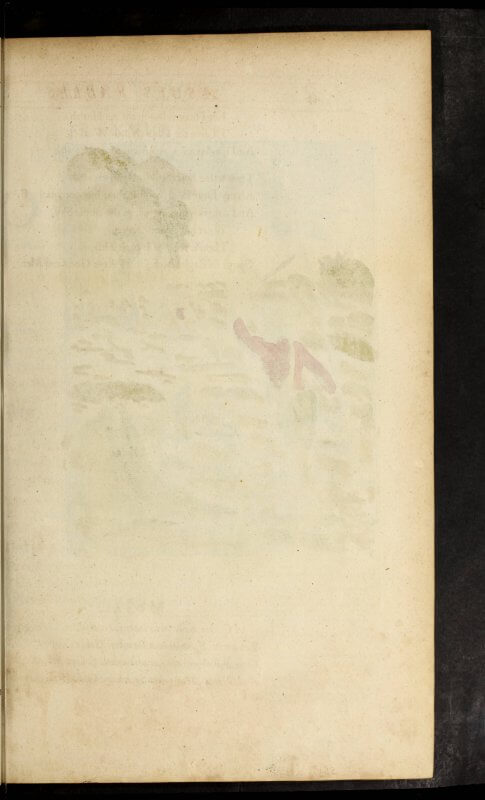
Pepusch, Solos for violin, 1705 (p. 1)

Philipott, Aesop, 1666 (sig. 2Q2r)
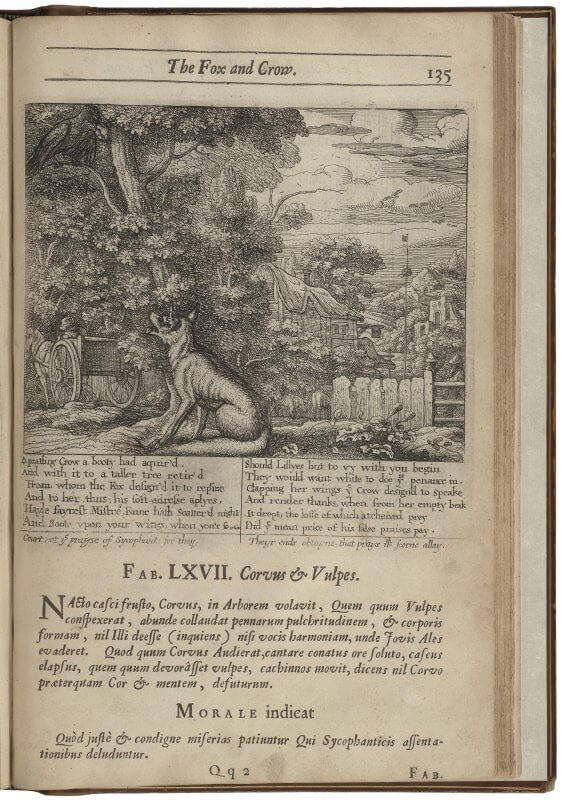
Soldini, Anima brutorum, 1776 (a8r; Getty)
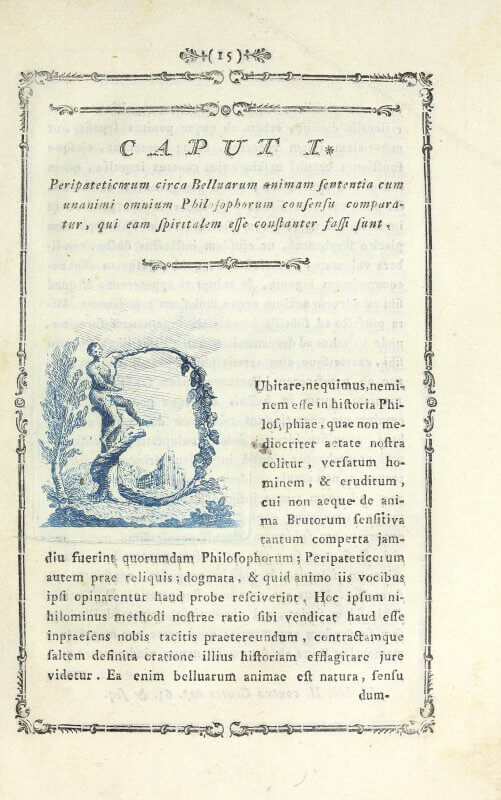
Soldini, Anima brutorum, 1776 (a8r; Smithsonian)
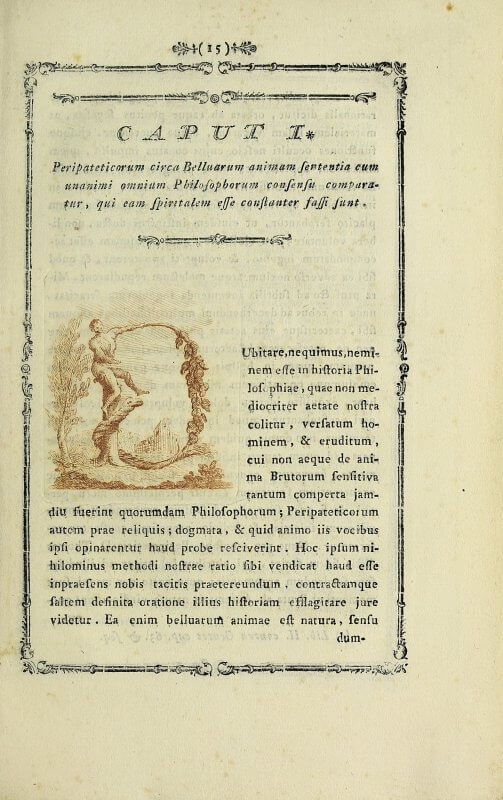
Soldini, Anima brutorum, 1776 (pl. facing a8r; Getty)
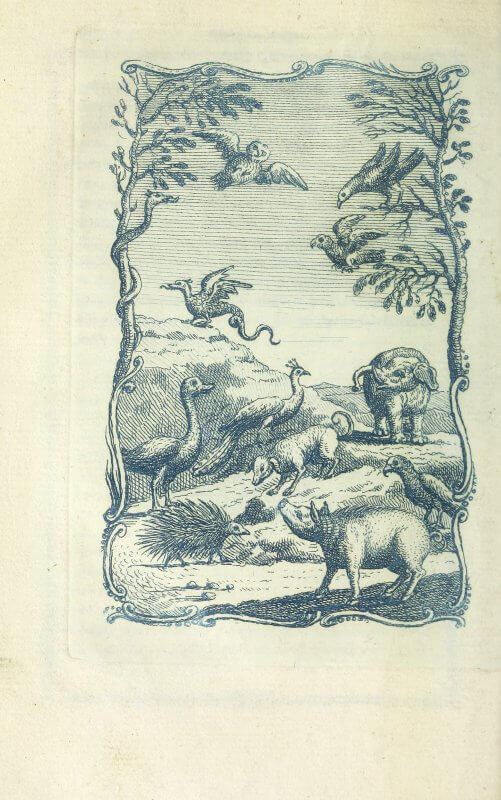
Soldini, Anima brutorum, 1776 (pl. facing a8r; Smithsonian)
